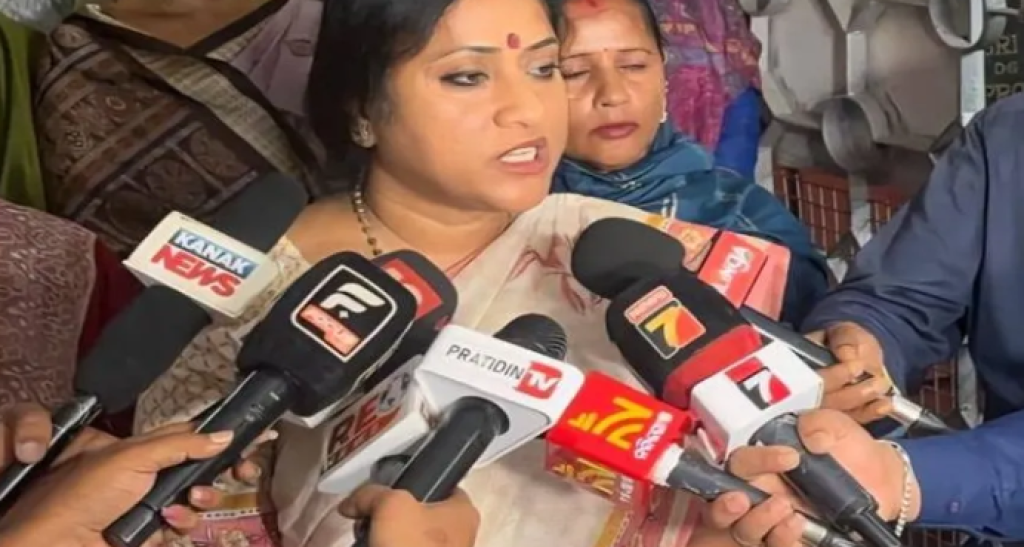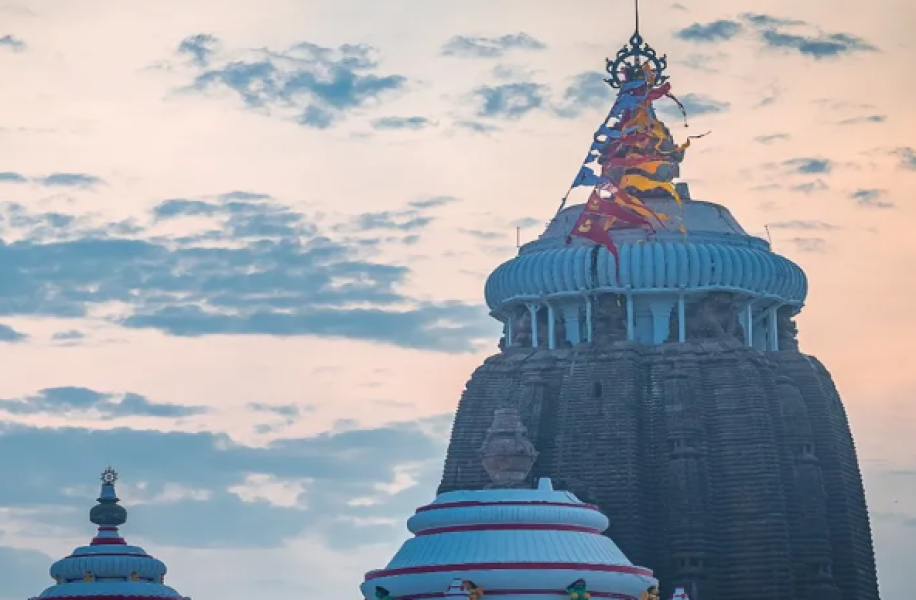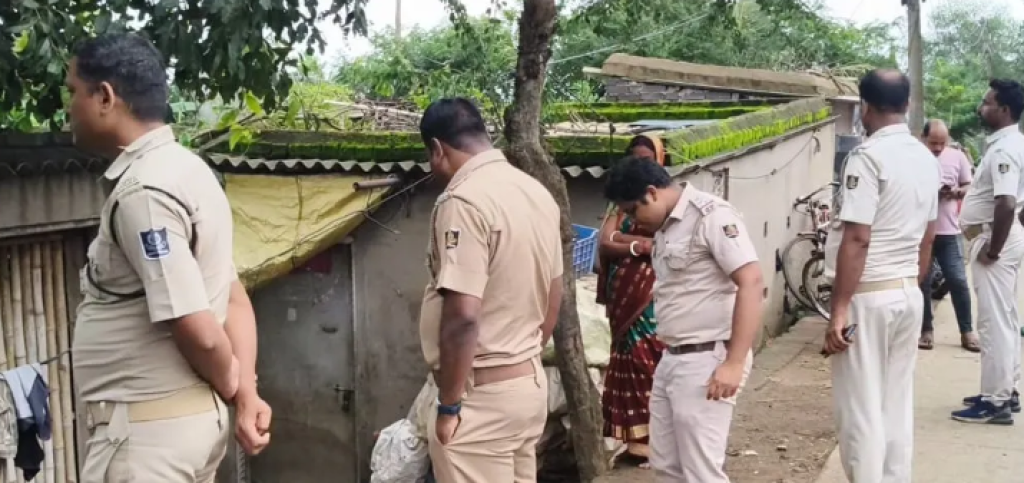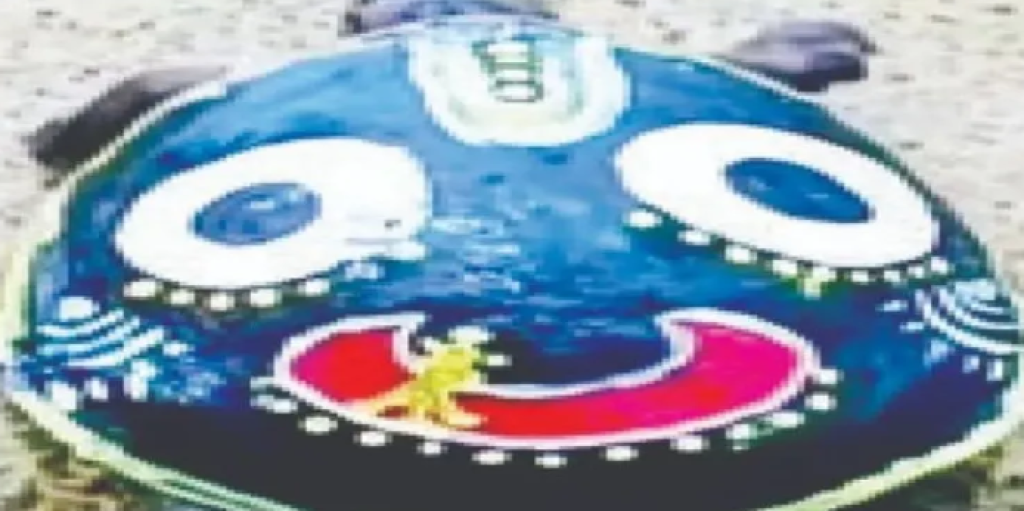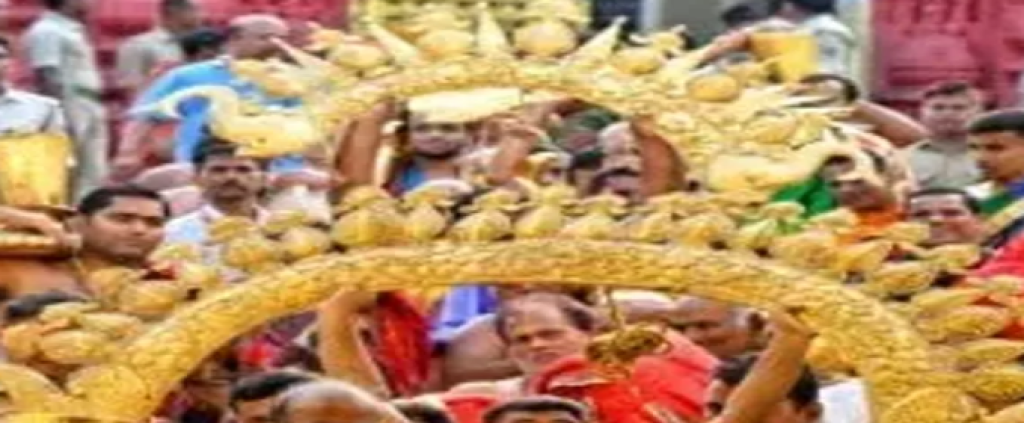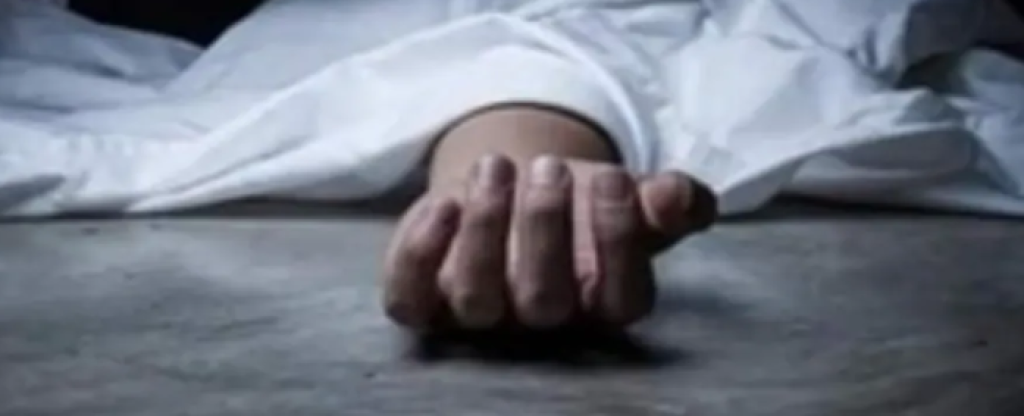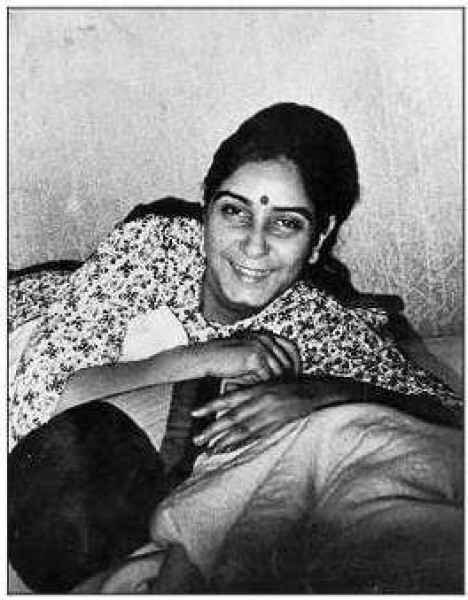
30 years on, embers of grisly ‘tandoor murder’ still singe Delhi
She is now bent with age. The footfall at her humble vegetable stall off central Delhi’s Janpath lane is nondescript. She has slept on a string cot on the footpath for three days after her shanty was demolished last week. In every neighbourhood of the Capital, there are thousands like her – frail, poor, unfortunate.
But Anaro Devi, 85, holds a special place in Delhi’s history. Thirty years ago, while eating at a dhaba, her nose caught the strong whiff of something charred, helping blow the lid off one of the Capital’s most infamous killings – the tandoor murder case.
Earlier that night, then Delhi youth Congress chief Sushil Sharma had shot dead his partner Naina Sahni, and then tried to burn her body in a tandoor of the restaurant he ran – Bagiya Barbeque.
Today, the barbeque is gone. Sharma served 23 years in prison and got out in 2018. The hotel that housed his restaurant – the government-run Ashok Yatri Niwas – shut down in 2003. The compound where Bagiya barbeque stood has been levelled into the parking lot of a five-star hotel.
But Devi remains, stubbornly selling her vegetables on the same footpath.
“Bagiya used to buy vegetables from me. That night I went to the restaurant to get my money when I saw the manager Keshav Kumar hurriedly shutting down the restaurant. He told me that ‘sahab’ had asked him to do so. A while later, after I finished eating at a nearby dhaba, I saw Keshav ask for ghee or butter at a dairy close by,” she said.
“That’s when I smelt something burning.”
At 11.25pm, Devi alerted two patrolling police officers – constable Kunju and home guard Chander Pal. “We scaled the wall and found the restaurant manager Keshav Kumar standing near the tandoor and stoking the fire. He told me he was burning old Congress banners and posters,” said Kunju.
But as the fire was doused, the smell of charred flesh because clear to Kunju, who could also see a human leg sticking out of the tandoor.
Eventually, Sharma surrendered eight days later, was sentenced to death in 2003, but was granted a reprieve in 2013 when the top court commuted it to life imprisonment. His conviction drew the curtain on one of the Capital’s most macabre murders. But the grisly case captured the popular imagination, sparked a media frenzy, and for better or worse, became part of the lore about Delhi in the 1990s. “I am a poor woman and I never thought I’d become a part of something like this, but I did,” she said.
REFERENCE: HINDUSTAN TIMES




